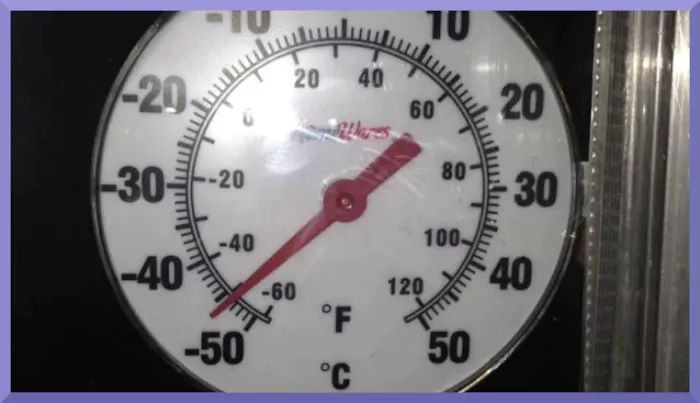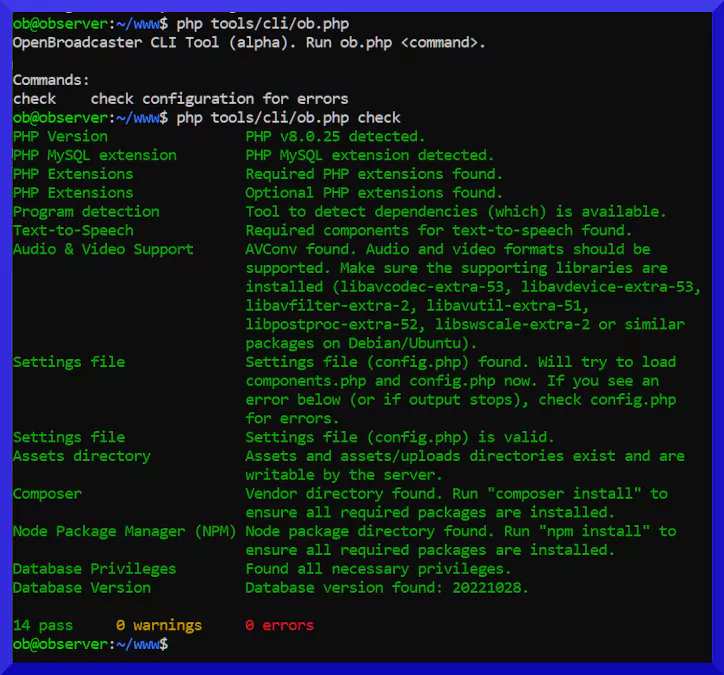📻 Indigenous Community Media Fund
Winter Solstice – Northern Hemisphere
-40 Celsius here in Tagish Yukon. For our neighbours to the south, -40C is the same as -40F

2023 Call for Proposals for the Indigenous Community Media Fund
The Indigenous Community Media Fund at Cultural Survival provides opportunities for Indigenous community radio stations and media outlets to strengthen their broadcast infrastructure and systems while providing training opportunities to their community journalists through a participatory and dynamic grants program.
Eligible countries: All countries in Latin America, the Caribbean, and Africa; Canada and the United States; India, Philippines, Indonesia, Nepal, Bangladesh, Vietnam, and Malaysia are eligible to apply.
Amount of funding: Indigenous community radio stations and other community media outlets and groups may apply for a grant of up to $6,000. Radio network proposals presented by three or more Indigenous radio stations can apply for funding up to $12,000.
Application Deadline: February 15, 2023
https://www.culturalsurvival.org/news/2023-call-proposals-indigenous-community-media-fund
Innovation Week
📻 Why do I love innovation and community radio?
Everyday is innovation day at CFET and CJUC Community Radio. We have a really good pool of experienced professionals working in the field that enjoy meeting new friends from abroad that are passionate about building open source community broadcasting tools.
https://whatsupyukon.com/arts-entertainment/yukon-music/25-years-of-radio-rob
Australia Community Radio Review – Emergency Alerting
Australia already has a functional Common Alerting Protocol (CAP-AU) alert feed presently used on Smartphones that is unused for FM radio and available for authorities to be able to provide unattended emergency alerting to the community radio sector and distribute government Public Service Announcements (PSA).
See our Public Comments to the Community Broadcasting Association of Australia sharing the Canadian experience about unattended emergency CAP alerting using open source.
Australia CAP-AU Profile
Australia has its own CAP-AU profile to incorporate local event-related terminology, and area-references, relevant to the Australian community.
http://www.bom.gov.au/metadata/CAP-AU
Tech Update – CLI Checker and Update Tool
Installing and updating OBServer has never been easier

https://support.openbroadcaster.com
Sendai Framework for Disaster Risk Reduction
At COP 27, the U.N. secretary-general launched a $3.1 billion investment plan to ensure everyone on earth is covered by effective, multi-hazard early warning systems over the next five years.
Four pillars for investment
The Action Plan lays out four main areas for investment:
* Observations and forecasting – US$1.18 billion to monitor hazard and early warning services,
* Preparedness and response – $1 billion to build national and community response capabilities,
* Disaster risk knowledge – US$374 million to collect data and undertake risk assessments on hazards and vulnerabilities,
* Dissemination and communication – US$ 550 million to communicate risk information in an accessible way, so it reaches all those who need it.
https://www.undrr.org/news/world-zero-climate-disasters-needs-early-warnings-all
FCC EAS Notice of Proposed Rule making
FCC proposes to enhance EAS security to make every station have a cyber security policy that is updated annually and a requirement to report hacks and unauthorized access.
https://docs.fcc.gov/public/attachments/DOC-387976A1.pdf
BARIX Default Passwords
Speaking of security, try google searching “barix streaming client” (with the double quotes) and there are many exposed playout boxes open to the web, no passwords set.
Broadcast Alerting workflow in Canada
The alerting workflow in Canada for TTS (Text to Speech) is designed in such a way that if an alert is issued with an attachment, then the audio attachment is played, switching to the built in TTS if corrupted or missing. Open source CAP alert players operating in production environments use a couple of enhanced ways to play alerts.
Some broadcasters use AWS POLLY 6 neural machine learning voices in their systems which speak out the text from CAP alerts in a more natural human sounding manner. POLLY is relatively inexpensive, at around $4.00 USD per million characters for thousands of hours of spoken alerts. If something is broken with POLLY, then the alert player automatically falls back to onboard TTS to relay broadcast intrusive messages in both official languages, English and French.
In some remote communities, we have the ability to receive and decode CAP alerts to include one of the many indigenous languages still spoken in the far north.
Discord Server
Please join us on our public discussion Discord server for hands on interactive learning and capacity development, along with extreme open source hacking, networking and technical skills training.
Inclusive for all. No charge.
* Coding, Mentoring, Training; GIT, Bash, PHP, MYSQL, JSON, PYTHON
* Indigenous Language Preservation technology supports CAP emergency alerting
* POLLY Artificial Intelligence Neural Language services and development on AWS
* Word Press CMS Web Page Theme Templating with API embed of radio assets, smart blocks
* Digital Audio over IP (AoIP) Video Streaming Codecs.
* Virtual environments, NAS Docker Images, unattended development installs
Upcoming 2023
We have some exciting projects underway including:
* API development with smart blocks to embed in WP sites
* Syndicating and ingesting of programming with playout schedules
* Install packages for Debian, Docker, more…
* Metropolis theme and special feature for OBPlayer and OBServer
